Potrebujeme váš súhlas na využitie jednotlivých dát, aby sa vám okrem iného mohli ukazovať informácie týkajúce sa vašich záujmov. Súhlas udelíte kliknutím na tlačidlo „OK“.
ASTM F801-96(2008)
Standard Test Method for Measuring Optical Angular Deviation of Transparent Parts
Automaticky preložený názov:
Štandardná skúšobná metóda pre meranie optického uhlová odchýlka priehľadnej časti
NORMA vydaná dňa 1.4.2008
Informácie o norme:
Označenie normy: ASTM F801-96(2008)
Poznámka: NEPLATNÁ
Dátum vydania normy: 1.4.2008
Kód tovaru: NS-56487
Počet strán: 9
Približná hmotnosť: 27 g (0.06 libier)
Krajina: Americká technická norma
Kategória: Technické normy ASTM
Kategórie - podobné normy:
Anotácia textu normy ASTM F801-96(2008) :
Keywords:
aiming accuracy, aiming error, angular deviation, deviation, refraction, Aerospace transparent enclosures, Angular deviation, Canopies (aerospace applications), Collimator/collimation, Deviation, Lateral displacement, Linear displacement, Optical materials/properties/tests--aerospace materials, Optoelectronic method, Windshields, ICS Number Code 49.035 (Components for aerospace construction)
Doplňujúce informácie
| Significance and Use | ||||||
|
One of the measures of optical quality of a transparent part is its angular deviation. Excessive angular deviation, or variations in angular deviation throughout the part, result in visible distortion of scenes viewed through the part. Angular deviation, its detection, and quantification are of extreme importance in the area of certain aircraft transparency applications, that is, aircraft equipped with Heads-up Displays (HUD). HUDs may require stringent control over the optics of the portion of the transparency (windscreen or canopy) which lies between the HUD combining glass and the external environment. Military aircraft equipped with HUDs or similar devices require precise knowledge of the effects of the windscreen or canopy on image position in order to maintain weapons aiming accuracy. Two optical parameters have the effect of changing image position. The first, lateral displacement, is inherent in any transparency which is tilted with respect to the line of sight. The effect of lateral displacement is constant over distance, and seldom exceeds a fraction of an inch. The second parameter, angular deviation, is usually caused by a wedginess or nonparallelism of the transparency surfaces. The effect of angular deviation is related to the tangent of the angle of deviation, thus the magnitude of the image position displacement increases as does the distance between image and transparency. The quantification of angular deviation is then the more critical of the two parameters. |
||||||
| 1. Scope | ||||||
|
1.1 This test method covers measuring the angular deviation of a light ray imposed by transparent parts such as aircraft windscreens and canopies. The results are uncontaminated by the effects of lateral displacement, and the procedure may be performed in a relatively short optical path length. This is not intended as a referee standard. It is one convenient method for measuring angular deviations through transparent windows. 1.2 This standard does not purport to address all of the safety concerns, if any, associated with its use. It is the responsibility of the user of this standard to establish appropriate safety and health practices and determine the applicability of regulatory limitations prior to use. |
||||||
| 2. Referenced Documents | ||||||
|
Podobné normy:
Historická
15.6.2012
Historická
1.7.2007
Historická
1.12.2011
Historická
1.6.2009
Historická
1.12.2011
Historická
1.12.2010
Odporúčame:
Aktualizácia technických noriem
Chcete mať istotu, že používate len platné technické normy?
Ponúkame Vám riešenie, ktoré Vám zaistí mesačný prehľad o aktuálnosti noriem, ktoré používate.
Chcete vedieť viac informácií ? Pozrite sa na túto stránku.



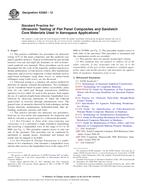 ASTM E2580-12
ASTM E2580-12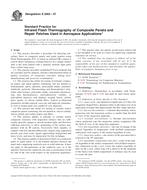 ASTM E2582-07
ASTM E2582-07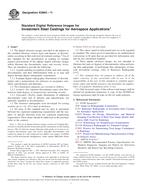 ASTM E2660-11
ASTM E2660-11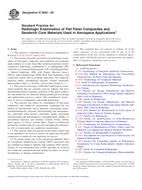 ASTM E2662-09
ASTM E2662-09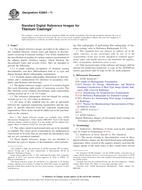 ASTM E2669-11
ASTM E2669-11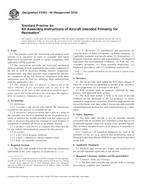 ASTM F2563-06(2010)..
ASTM F2563-06(2010)..
 Cookies
Cookies
